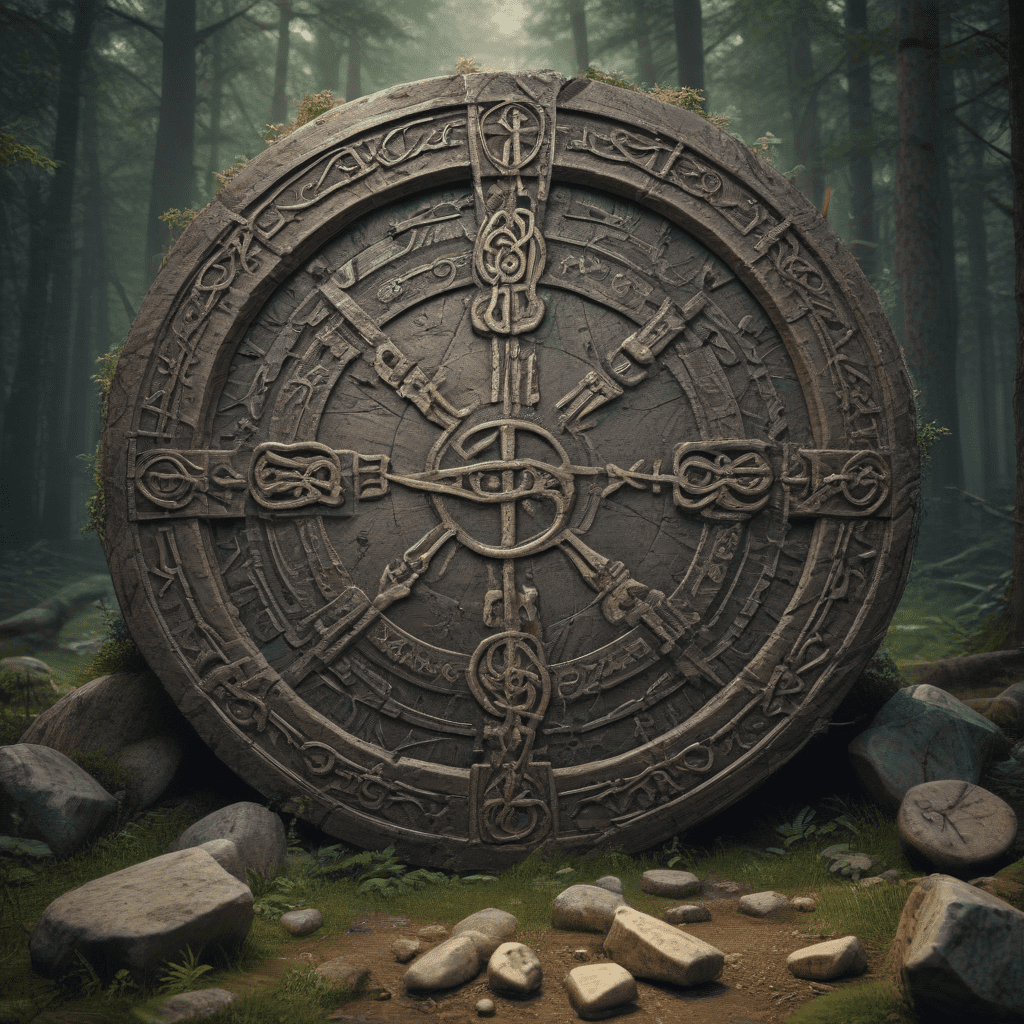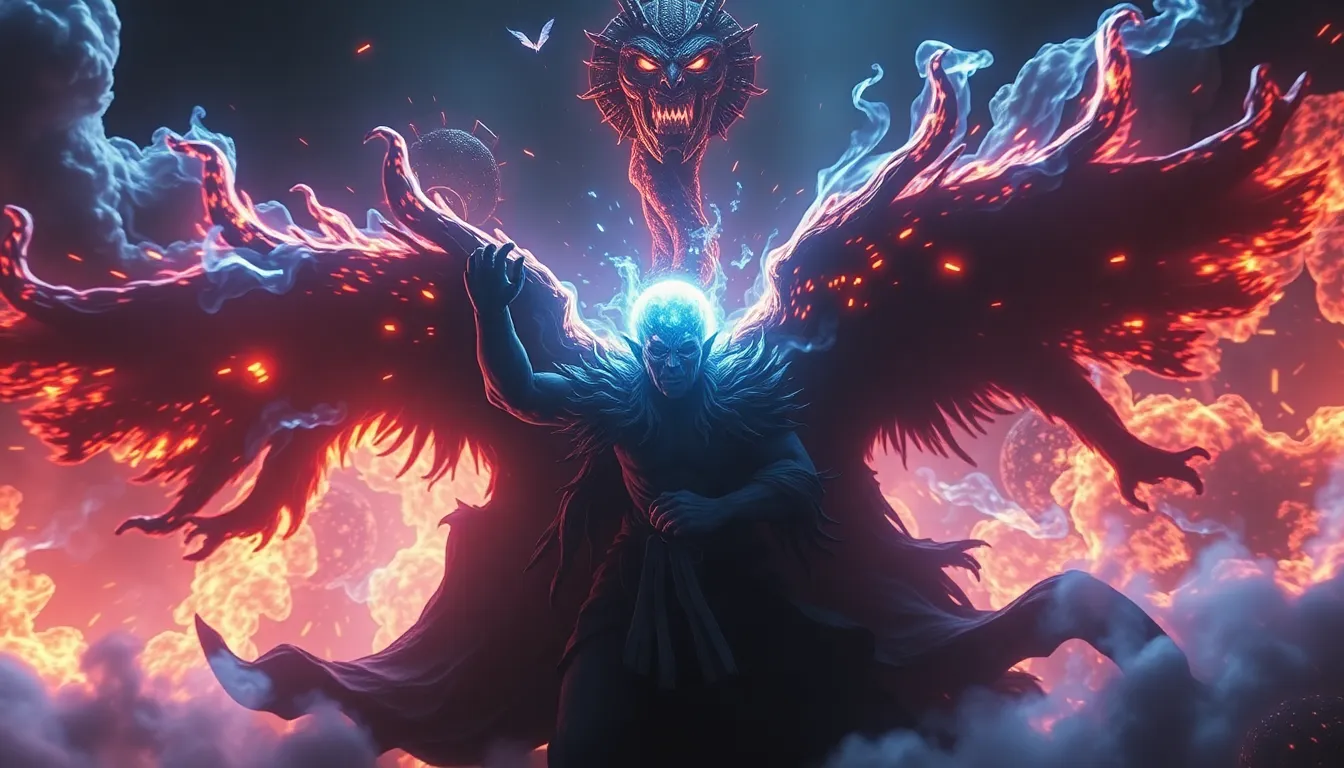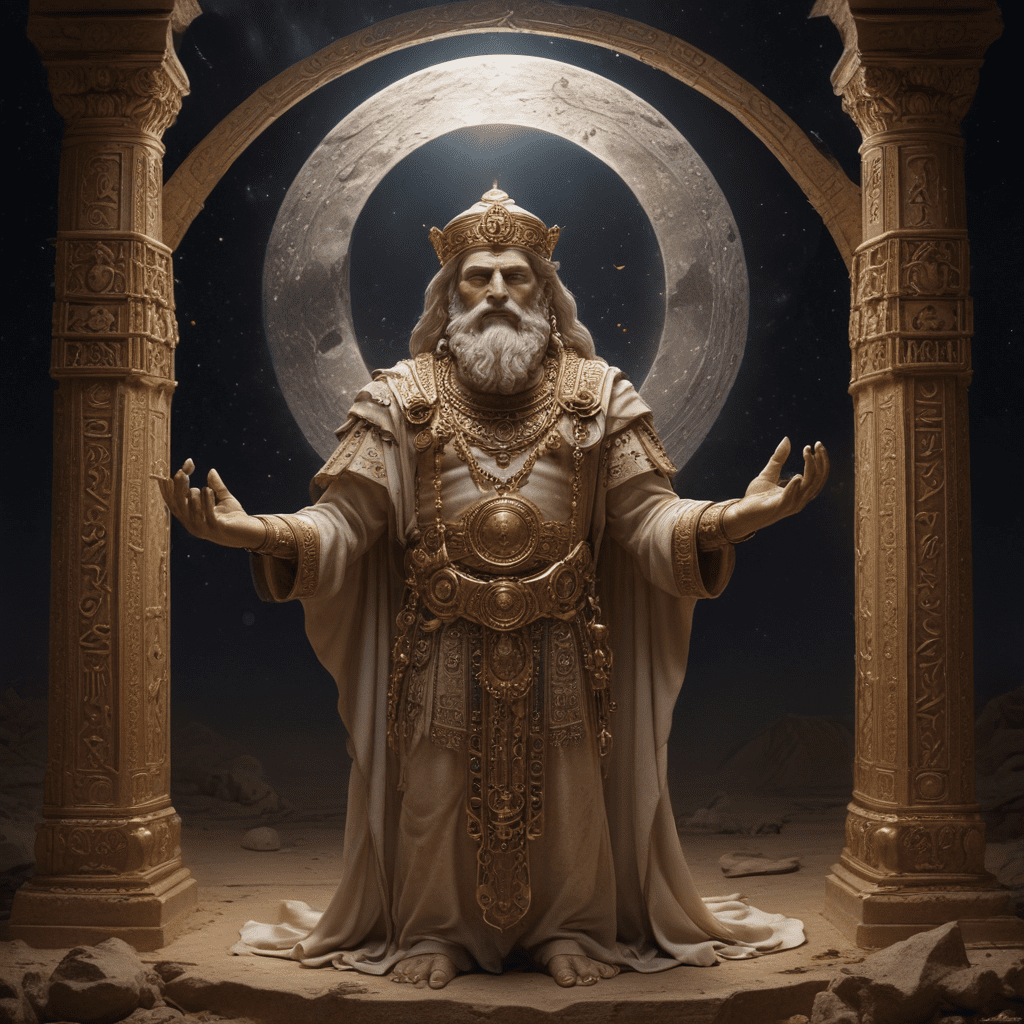Finnish Mythology: The Power of Runes
1. Introduction: The Enigmatic World of Finnish Mythology
Finnish mythology is a treasure trove of captivating tales, intriguing characters, and ancient wisdom. Among its most enduring legacies are runes, enigmatic symbols imbued with profound power. This article delves into the rich tapestry of Finnish mythology, exploring the origins, nature, and enduring influence of runes.
2. The Origins and Nature of Runes
Runes, originating from the Proto-Germanic alphabet known as the Elder Futhark, found their way into Finnish mythology through centuries of cultural exchange. These symbols, inscribed on stone, wood, and other materials, represented not mere letters but sacred entities with inherent power. They were believed to embody the forces of nature, deities, and the essence of the cosmos.
3. Runes as Sacred Symbols and Objects of Power
In Finnish mythology, runes were not merely symbols but tangible manifestations of power. They were invoked in rituals, spells, and incantations to heal the sick, protect against harm, and gain insight into the future. Individuals who mastered the knowledge of runes were revered as wise and mighty shamans, capable of wielding their power for the betterment of their communities.
4. The Magical Properties of Runes: Healing, Protection, and Divination
Each rune possessed unique magical properties. Some runes, such as Ansuz, represented communication and wisdom, while others, like Raidho, symbolized protection and travel. Runes were employed in healing practices, as their inscriptions were believed to resonate with the body's energy and promote well-being. They were also used in divination, with their patterns and combinations offering guidance and insight into the future.
5. Runestones and the Preservation of Ancient Wisdom
Runestones, large stones inscribed with runes, served as enduring monuments to the power and significance of runes. These stones, often found in burial grounds or near ancient settlements, provide valuable insights into the beliefs and practices of the ancient Finns. They preserve fragments of mythology, historical events, and personal stories, offering a glimpse into the enigmatic world of Finnish ancestors.
6. The Role of Runes in Shaping Finnish Culture and Folklore
Runes have played a central role in shaping Finnish culture and folklore. They appear in countless tales, poems, and sagas, inspiring heroes, guiding travelers, and shaping the destinies of characters. The most famous Finnish epic, the Kalevala, is a rich tapestry of mythology, history, and magic, where runes hold immense power and significance.
7. The Kalevala: An Epic Testament to the Power of Runes
The Kalevala, a 19th-century masterpiece compiled by Elias Lönnrot, is a treasure trove of Finnish mythology and lore. Woven into its intricate tapestry are numerous references to runes and their transformative power. The protagonist, Väinämöinen, possesses a magical kantele, a stringed instrument, whose melodies are imbued with the power of runes. Through his music, Väinämöinen creates the world, heals the sick, and vanquishes enemies.
8. Rune Singers and Practitioners: The Keepers of Ancient Knowledge
In ancient Finland, rune singers and practitioners were revered as wise and powerful individuals. They possessed a deep understanding of runes and their magical properties. Rune singers could use their knowledge to heal ailments, protect against harm, and guide people through life's challenges. They performed rituals and ceremonies, invoking the power of runes to shape the world around them.
9. The Legacy of Runes in Modern Finnish Society
The legacy of runes continues to resonate in modern Finnish society. Runes appear in jewelry, art, and literature, serving as symbols of Finnish heritage and cultural identity. Contemporary rune singers and practitioners keep the ancient traditions alive, performing rituals and sharing their knowledge with new generations. Runes continue to inspire and enchant, connecting Finns to their rich mythological past.
10. Conclusion: The Enduring Influence of Finnish Mythology and Runes
Finnish mythology and runes offer a fascinating glimpse into the beliefs and practices of an ancient people. Through runes, the Finns connected with the forces of nature, gained insight into the future, and shaped their world. From runestones to the epic Kalevala, runes have left an enduring mark on Finnish culture and folklore. They continue to inspire and connect Finns to their ancestral heritage, embodying the enduring power of mythology and the human spirit.
FAQ
Q: What is the origin of runes in Finnish mythology?
A: Runes originated from the Proto-Germanic alphabet, the Elder Futhark, and entered Finnish mythology through cultural exchange.
Q: What are the different magical properties of runes?
A: Runes possess diverse magical properties, including healing, protection, communication, wisdom, and divination.
Q: What is the significance of runestones?
A: Runestones are enduring monuments that preserve fragments of Finnish mythology, history, and personal stories, providing insights into the beliefs and practices of ancient Finns.
Q: How did runes influence Finnish culture?
A: Runes have profoundly shaped Finnish culture, appearing in tales, poems, and the epic Kalevala, inspiring heroes and shaping cultural identity.
Q: Are runes still relevant in modern Finnish society?
A: Yes, runes continue to resonate in modern Finnish society, appearing in art, jewelry, and literature, and inspiring contemporary rune singers and practitioners.



